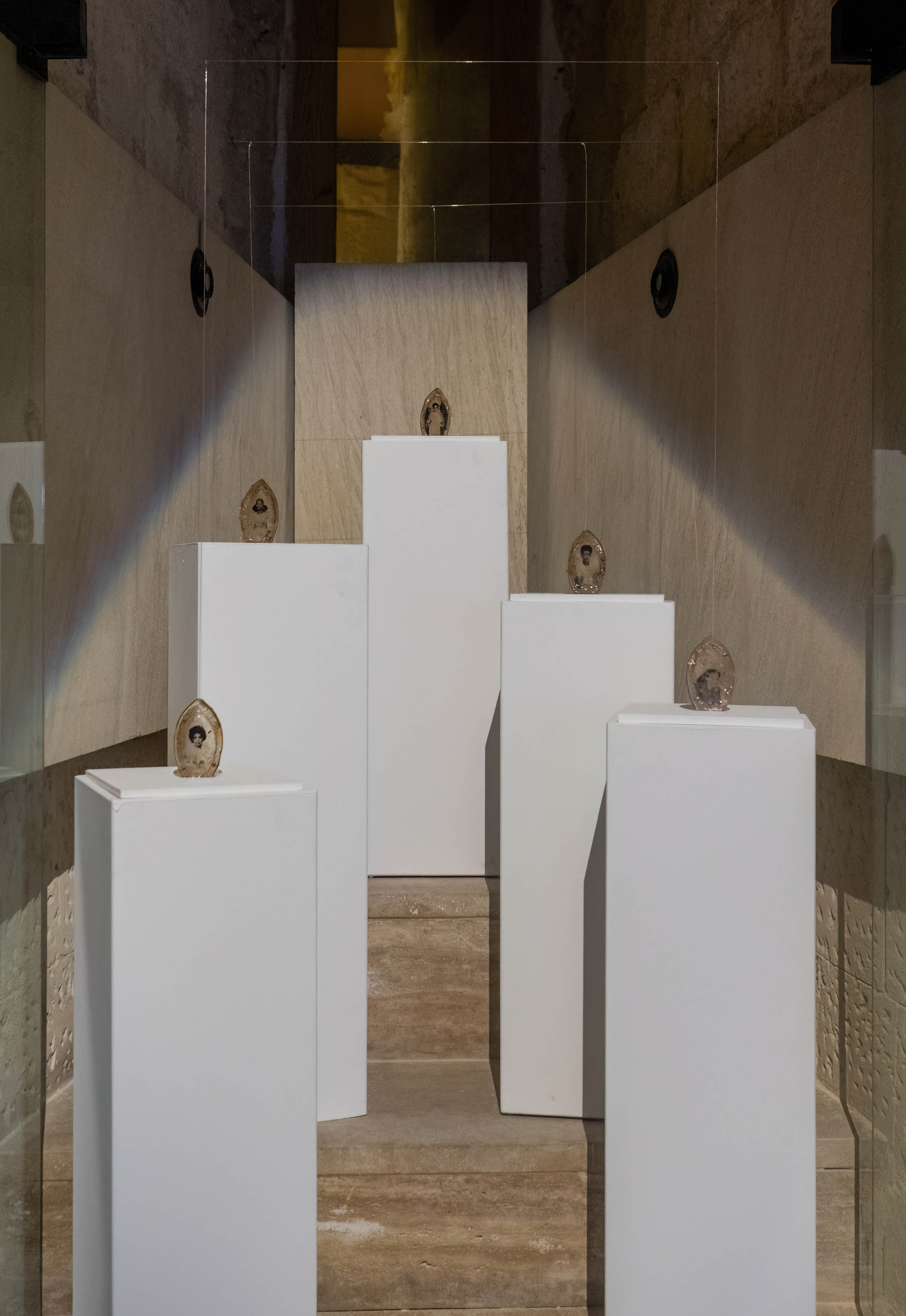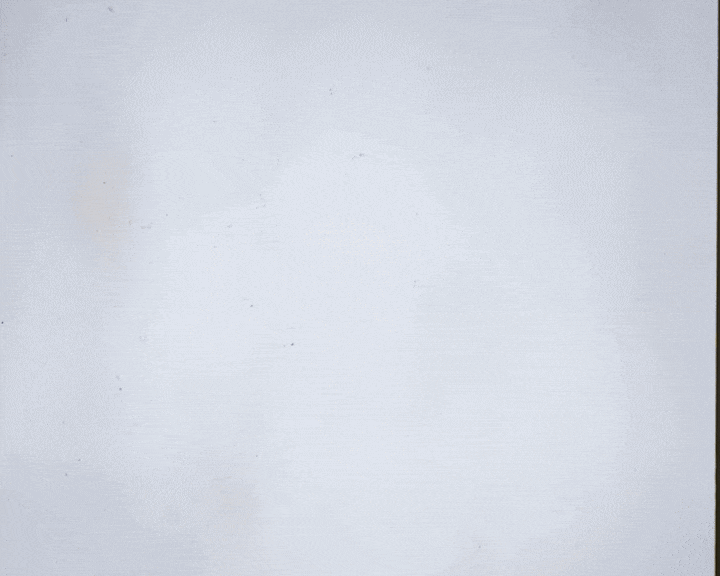አድባር / ADBAR : Offerings to the Unseen World
Spazju Kreattiv, Valetta, MaltaMiriam Hillawi Abraham, 2025
አድባር/Adbar, Spazju Kreattiv, Valetta, Malta
አድባር are guardian, typically feminine, spirits, that preside over communities across Ethiopia. They are part of the many ritual and material traditions that have existed in the region before the adoption of Abrahamic religions. The spirits often take on the form of a sacred forest or a single tree, often Warka (fig) or Oda (sycamore) trees, that also serve as a gathering place for elders.
Each community protects their አድባር’s terrestrial form from any form of destruction and would hold an annual ceremony to express gratitude for the protection she provides from the unseen world. Votive offerings are made to the tree and a feast is prepared in its honour. But now as colonialism and capitalism continue to rupture and disrupt natural processes and ecosystems at an increasingly rapid rate, traditions such as this are being eroded. Sacred trees and forests cannot stand a chance against the exploitation of resources and labor on the continent and in spite of their spiritual value, the trees may be felled to make way for new developments.
Yet, the አድባር persists in the absence of her tree, taking the family’s matriarch as her conduit and custodian of her legacy. This work explores encounters between humans and non-human kin within the material and unseen world. It explores spiritual lifeworlds in the Sub-Saharan realm through relation, haunting and contradiction.

አድባር/Adbar, Spazju Kreattiv, Valetta, Malta
The work is a series of “ex-voto”, miniature votive offerings to አድባር. Ghostly images of living (or once living) women from my family are encased in delicate sheets of Gum Arabic (Gum Acacia), where one can catch glimpses of the አድባር as she moves between terrestrial conduits, seeping out through the liquid sap of the Acacia tree, as she takes on no visible otherwise.
The Sub-Saharan Sahel region has been dubbed “the gum belt” as the resilient and drought resistant Acacia species that grow in the region are the major source of the global supply of Gum Arabic. Beyond their commodified value, the trees are crucial in staving further desertification in the region and remain sacred to the many semi-nomadic people who have been harvesting the tree’s gum for centuries. An Acacia produces the resinous sap to seal wounds in its bark, so in order to harvest the gum, one has to scar the tree. Yet at the same time the tree is authoring a history of the living planet using the gum. Insects, feathers and other matter are trapped in the sticky sap or ሙጫ (also Amharic slang for a person who refuses to leave your side) and with time the sap hardens into amber around them, fossilizing them in place.
What would it mean to coauthor with other living things?
Ultimately, this work is an emergent practice of remembrance and resistance to ecocide and the violence of territories.

Arabic Gum, plant matter, family photos
አድባር/Adbar, Spazju Kreattiv, Valetta, Malta